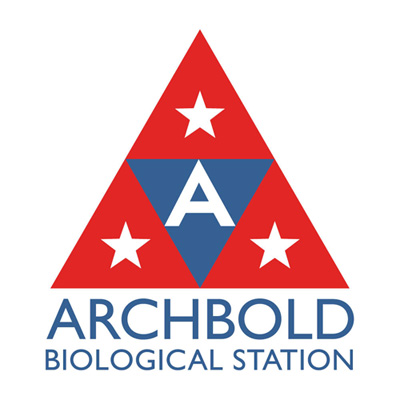
Author: Meredith Heather and Reed Bowman
Meredith Heather, research assistant and graduate student in Archbold’s Avian Ecology program, emerged from the tall, dense Florida Scrub after observing a family of Florida Scrub-Jays for more than an hour. Ryan Howell, a research assistant and drone pilot in Archbold’s GIS Program, met up with Meredith carrying one of Archbold’s drones. They are using drones equipped with cameras and sensors to map Florida scrub habitat structure. They specifically measure the variation in height of the vegetation and how patchy the height is in the scrub.
Meredith explained, “We’re working towards getting a better idea of how vegetative structure has been influenced by fire and how this variation in structure may influence the behavior of Florida Scrub-Jays. Mapping vegetation height with a drone greatly reduces the time it would take to measure plants by hand. Without the drone, I wouldn’t be able to complete my master’s thesis in a reasonable time-frame.” For her thesis, Meredith is interested in how small-scale patches of vegetation and variation in vegetation height affect the jays’ foraging success and behavior. “After spending countless hours observing jays, I can overlay the locations where they feed, foraging success, and other behaviors onto maps that include habitat data to understand how jays use different habitat patches. I want to know whether they avoid, or prefer, some vegetation structure types, or if their behaviors differ in certain patch types,” Meredith stated.
Historically, lightning-ignited wildfires burned thousands of acres at a time in Florida’s scrub ecosystem. Archbold’s Land Manager Kevin Main explained, “Fires would have been frequent, multi-day events in which the fire was naturally ignited by lightning, might lower in intensity and creep around overnight, then pick up the next day and race across large areas in a different direction with a shift in the wind. Imagine this happening several days in a row, and you can get an idea of the scale and patchiness of natural fires.” These frequent fires created a very large-scale mosaic of patches with histories of burns at different times. When one patch was getting overgrown and due for a fire, another patch had burned, allowing jays to shift to recently burned optimal habitat.
Areas of scrub became smaller, and the scrub habitat became fragmented as land was converted to agriculture and urban development increased. Additionally, the natural wildfires important for the ecosystem were impeded by roads and infrastructure and suppressed by humans. You’ve likely seen some long-unburned, overgrown scrub patches in your neighborhoods. Numerous plants and animals that depend on scrub, including the federally Threatened Florida Scrub-Jay, rely on fire to periodically “reset” the scrub to a recently burned condition they prefer. “Species such as the Florida Scrub-Jays would have adapted to these post-fire conditions, responding to changes in the vegetation structure and the associated changes in food availability,” Kevin said.
Archbold, most public land agencies in Florida, and many private landowners utilize prescribed burning to mimic those natural processes and enhance habitat. Kevin Main creates an annual Fire Plan for Archbold Biological Station based on the fire history of different burn units on the Station, the appropriate fire return interval for the habitat type within each unit, and the research needs of the Station’s scientists. One challenge for fire managers is to mimic the historical large-scale fire mosaic at a much smaller scale—hundreds of acres rather than thousands. That means creating patchy fires and leaving patches of habitat with different fire histories and structure within relatively small areas.
Florida Scrub-Jays are habitat specialists and are non-migratory, meaning they occupy the same territory year-round. For them, optimal habitat is burned every five to fifteen years; however, we know little about how patchiness within territories might affect the jays. Avian Ecology Program Director Dr. Reed Bowman says, “Burns can vary greatly in intensity and behavior, which might be influenced by fire history, weather, scrub type, and slope, among many other factors. Time since fire is an imperfect surrogate for habitat structure, and jays are concerned about habitat structure. When scrub becomes too tall—usually about 20 years after a fire—the jays inevitably disappear. Meredith’s thesis work will help us understand the complex relationship between fire and the resulting habitat structure, how this affects jays, and how this might be relevant to land managers trying to make sure that Florida Scrub-Jays persist on their small preserves.”

